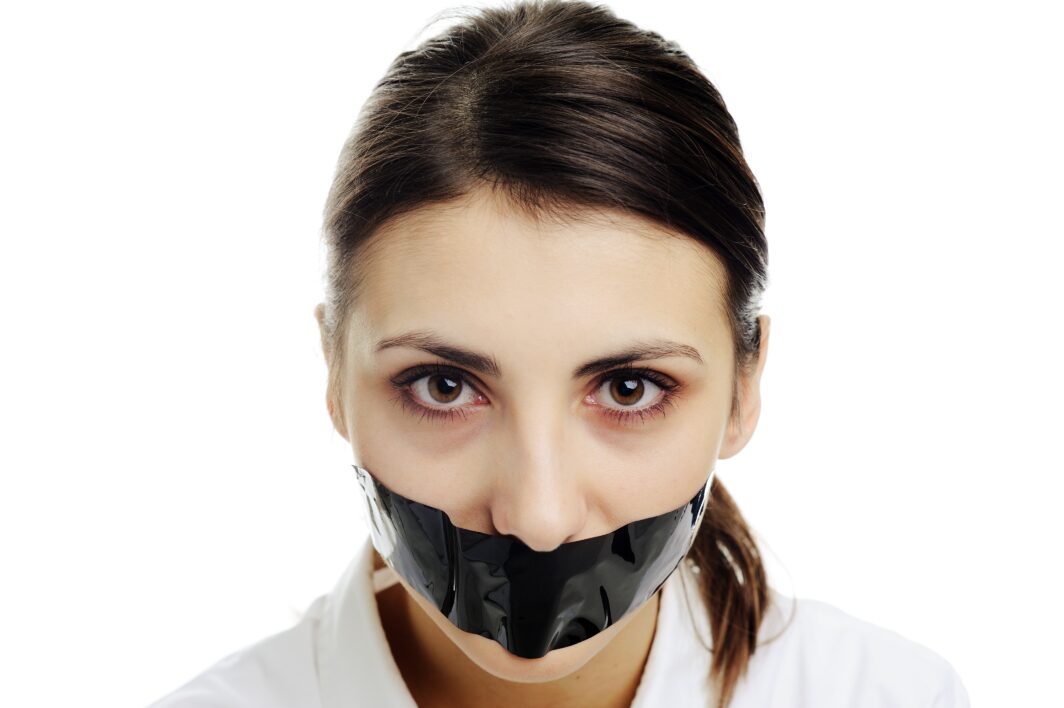Adult entertainment is a multi-billion dollar economic segment. Annually, billions of dollars are paid by pornography consumers to producers, studios, webmasters, and content creators of all types.
Tightly regulated in much of the world, adult entertainment is subject to high legal standards in places like the United States. However, this isn’t a dealbreaker for would-be entrepreneurs in this space. Adult entertainment is so much more than video and audio production. This includes retail, manufacturing, software development, web design, video game design, and social media work.
The industry has opportunities for success and enterprise. Lawyers, accountants, copywriters, journalists, audio designers, camera operators, talent agents, and others comprise the industry.
A Brief History of Sexual Censorship
The United States has always been at the center of modern censorship debates. Even censorship and the attempts of states to control speech they don’t like have existed since ancient times.
Ancient Greek city-states and the Roman Empire were rife with censorship as applicable to the era for which humanity existed. Puritanical censorship practices dealing with sexuality, however, saw a rise to prominence in Medieval times and even in parts of Renaissance Europe. The United States and the predecessor states, the thirteen British crown colonies spanning south along the East coast, were the societies to inherit traditions that trivialized, even criminalized, simple political dissent to the open discussion of libertine ideas and behaviors. A modern era of digital puritanism is targeting the United States’ thriving adult entertainment industry – a sad fact that could reverberate worldwide.
A New Puritanical Era
One thing that leaves us stumped is the fact that anti-porn and pro-porn activists have been known to only focus on current and contemporary issues related to pornography’s place in public life.
We believe that several of the topics adjacent to the issue concerning pornography’s role in society make up a larger effort by many digital puritans and politically-motivated moral entrepreneurs to censor forms of speech and points of view that are otherwise counter to their already held views.
You can see this in efforts to ban LGBTQ literature in schools and public libraries, many right-wing politicians calling for bans on all drag shows, state legislatures declaring porn a public health crisis with no scientific evidence, hate groups calling proponents of comprehensive sexual education for minors “groomers.” Or, a vanguard of well-funded non-profit groups calling companies like the video streaming giant Netflix or educational database provider EBSCO supposed “enablers” of sexual exploitation against minors for ostensibly exposing them to content that is “pornographic.”
But, that term in itself is loaded. “Pornographic” has been used extensively over the years to try and discredit forms of speech and material that discuss certain topics, like sexuality and even women’s rights. “Prurient “ is yet another term, adding as a qualifier that this form of speech should not only be censored, but anything that could be an allusion to such topics must be removed from a culture.
The New English Canaan
A lot of people don’t know this, but the first book ban in North America was instigated by the Puritans. Ironically, the Puritan government took over the colony at Quincy, Massachusetts, in 1637.
The author Thomas Morton published his critically panned opus, New English Canaan, which was banned by the Puritan government for being not only critical but harsh, heretical, boisterous, and overly negative of Puritan customs, spiritual power structures, governance, and overall control. A historical documents archive at the University of Maine indicates that one of the theories of the censorship by the Puritans was Morton’s recollection of sexual dalliances with Native American women. But, the indication is that the North American book ban history is now in it’s golden age.
The Comstock Act & Chastity Laws
Two hundred years later, government-sponsored censorship had evolved. The Comstock Act of 1873 outlawed the transmission of “obscene, lewd or lascivious,” “immoral,” or “indecent” material via the mail. It was also a crime to buy, hand out or have possession of an indecent book, brochure, image, depiction or message. The act was the effort of “anti-vice” crusader Anthony Comstock, a New Yorker and a secretary of the New York Society for the Suppression of Vice. He was Christian.
The ‘Original’ Josh Hawley
Comstock was such a devout Christian that his faith’s interpretation of public life led to him being appalled by what he saw in the streets of New York. He saw that his city was teeming with porn and sex workers. During the 1860s, Comstock made news for his campaign joining up together anti-vice morality groups and informing the police to arrest sex work operators. Comstock’s prominence saw an increase with his ongoing anti-obscenity crusade. He was also offended by the advertisements and sale of birth control devices, which he soon labeled as a target of his moral crusades. He was also extremely “certain that the availability of contraceptives alone promoted lust and lewdness.”
Suffragette and reproductive rights activist Mary Coffin Ware Dennett was charged by the U.S. Postal Service for violating the Comstock Act. In 1930, a federal appeals court in New York ruled that Dennett was wrongfully charged under the law and that a lawful conviction under Comstock laws that actual arousal needs to be incurred when viewing such material. Dennett published and distributed through the mail a sex education pamphlet for young people. This case questioned the merits of the Hicklin obscenity test that was applied by federal courts from English case law. The Comstock Act was eventually repealed by the courts, in support of health and privacy rights, and Roe v. Wade instigated the implied constitutional right to a medical-approved abortion procedure.
Post-Comstock & The Miller Test
The Comstock Act was in force until the 1960s. As mentioned, the Comstock laws criminalized the distribution of obscenity and indecency in the mail, including materials and products. However, the Comstock laws were turned over in 1965 with the benchmark U.S. Supreme Court ruling of Griswold v. Connecticut. Connecticut’s government tried to apply a Comstock-era regulation on prescription birth control to a couple. This ruling found that the law was unconstitutional to restrict access to birth control because it violated a person’s right to privacy. The First Amendment was applied in the decision because it elaborated further on protected rights of free will, expression, and privacy.
The Miller Test’s Importance
This led to Roe v. Wade in 1973. The same year saw a ruling in Miller v. California. Miller v. California was defined to test a way to identify obscenity, which is not protected by the First Amendment. The high court ruled that obscene materials are defined as those that the average person, by applying “contemporary community standards,” would find appealing to “prurient interests.” These interests would depict, in a patently offensive way, sexual conduct or other excretory functions specifically defined by appropriate state laws. Taken as a whole, this content would lack any serious literary, artistic, political, or scientific value to the culture conversation. This is called the Miller standard.
It is likely unconstitutional to maintain “national contemporary community standards” as a defining factor in identifying obscenity. Community standards vary by the jurisdiction, providing the chance that content might be considered obscene in one locality or not in another. As long as the material in question is obscene under the Miller test, it is protected by the First Amendment. In the context of obscenity under the law, the U.S. Justice Department maintains that prurient content is only unlawful if there are violations of the age verification and compliance laws under U.S. Code 2257.
Content could also be considered illegal, including obscene, if the content is “revenge porn” or if the content is non-consensual. Content that isn’t obscene, as well, are protected forms of speech.
Read More:
How A New Congress Could Impact Adult Site Owners
What Is Section 230 And Why Should I Care?
Adult Site Broker hopes you’ve enjoyed this post. Please reach out to us if you have any questions.



